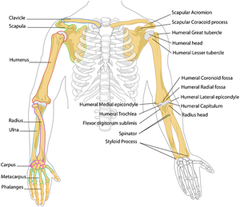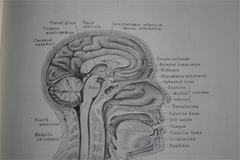
Despite a presumed familiarity with one’s own body, most people find it hard to picture what goes on underneath their own skins. No amount of biology and anatomy classes can help the average person who is not involved with the medical profession truly understand body parts and their processes. It gets trickier when one has to explain medical complications and ailments to an ordinary individual without any form of visualization. Most explanations would pass over the heads of folks who cannot quite grasp why their debilitated relatives are going through such a rough patch.
Learning is easiest when it can be done visually. That’s why most people would prefer to study a chart of figures over a complex page of data—visual aids allow them to process and evaluate information more quickly. That being said, explaining medical conditions would be so much easier if they could be graphically represented. This is why highly accurate medical artwork is being employed by medical practitioners and many other professionals.
Medical images, such as those produced by Medical Art Works, are basically drawings of the human anatomy—typically in cutaway fashion—which illustrate particular bodily features, injuries, or processes. Sometimes, the colors used in such artworks aren’t really the ones found in human bodies. These colors are employed to represent certain body parts or processes, so that viewers can comprehend the conditions being illustrated more easily.
Representation need not be limited to static images; engaging multi-media presentations and lifelike medical animations are possible as well. The advantage of using multi-media presentations and medical animation over plain drawings is that they can properly demonstrate different bodily processes. This helps viewers envision the instance more vividly, too.
 Medical images and animations can be used for different applications outside the medical professions. Such graphic aids can also be applied when teaching anatomy classes, and can serve as mock medical situations for medical students. The visual guides also illustrate injuries and damages for forensic studies, which are useful for recreating crime scenes. Likewise, lawyers involved in medical-legal cases have used such media to win over juries.
Medical images and animations can be used for different applications outside the medical professions. Such graphic aids can also be applied when teaching anatomy classes, and can serve as mock medical situations for medical students. The visual guides also illustrate injuries and damages for forensic studies, which are useful for recreating crime scenes. Likewise, lawyers involved in medical-legal cases have used such media to win over juries.
While the human body is something every living person possesses, ironically, its functions can be hard to comprehend at times. Medical artwork can help us understand how the body works, and it’s an indispensable teaching tool.
